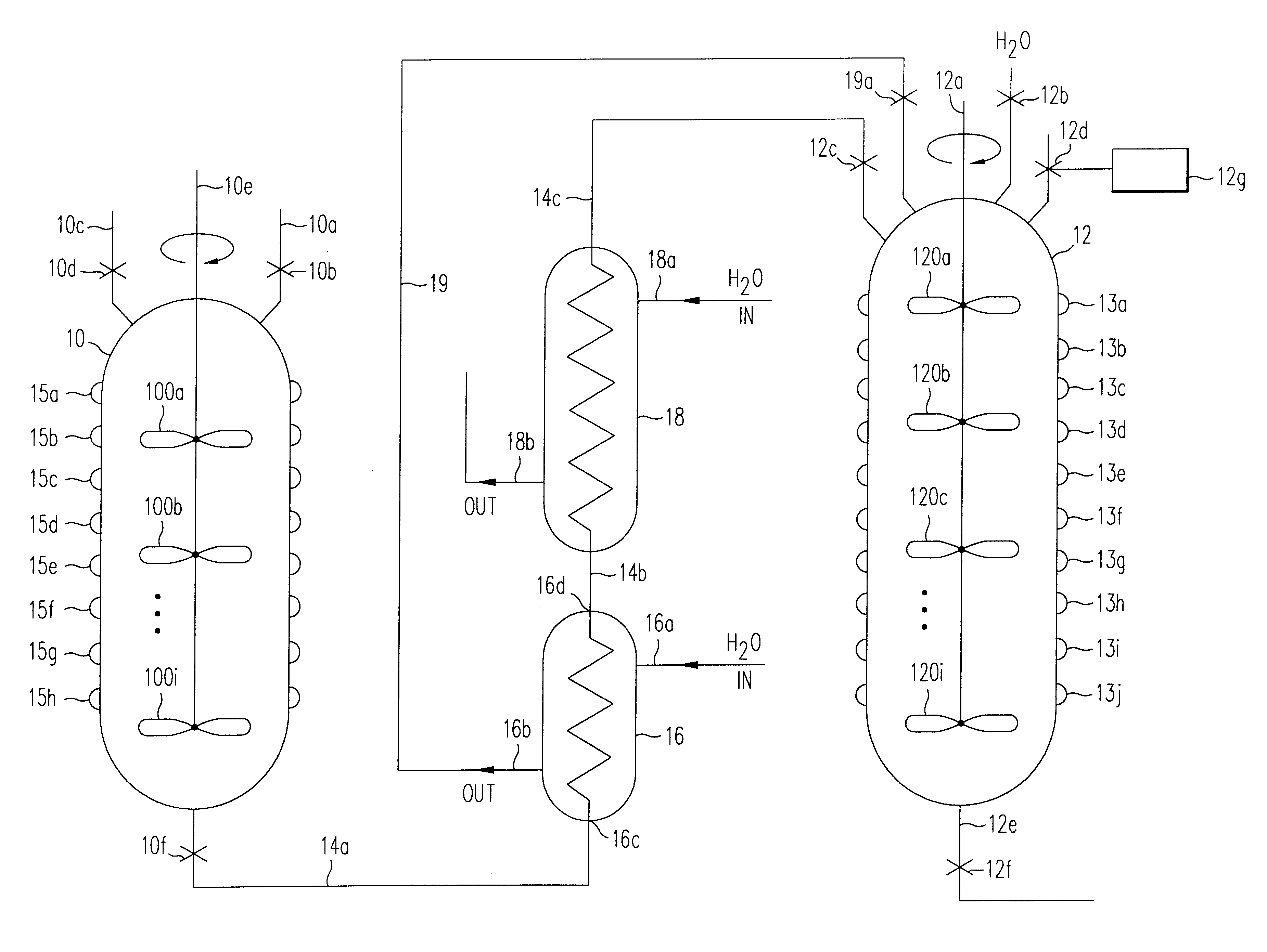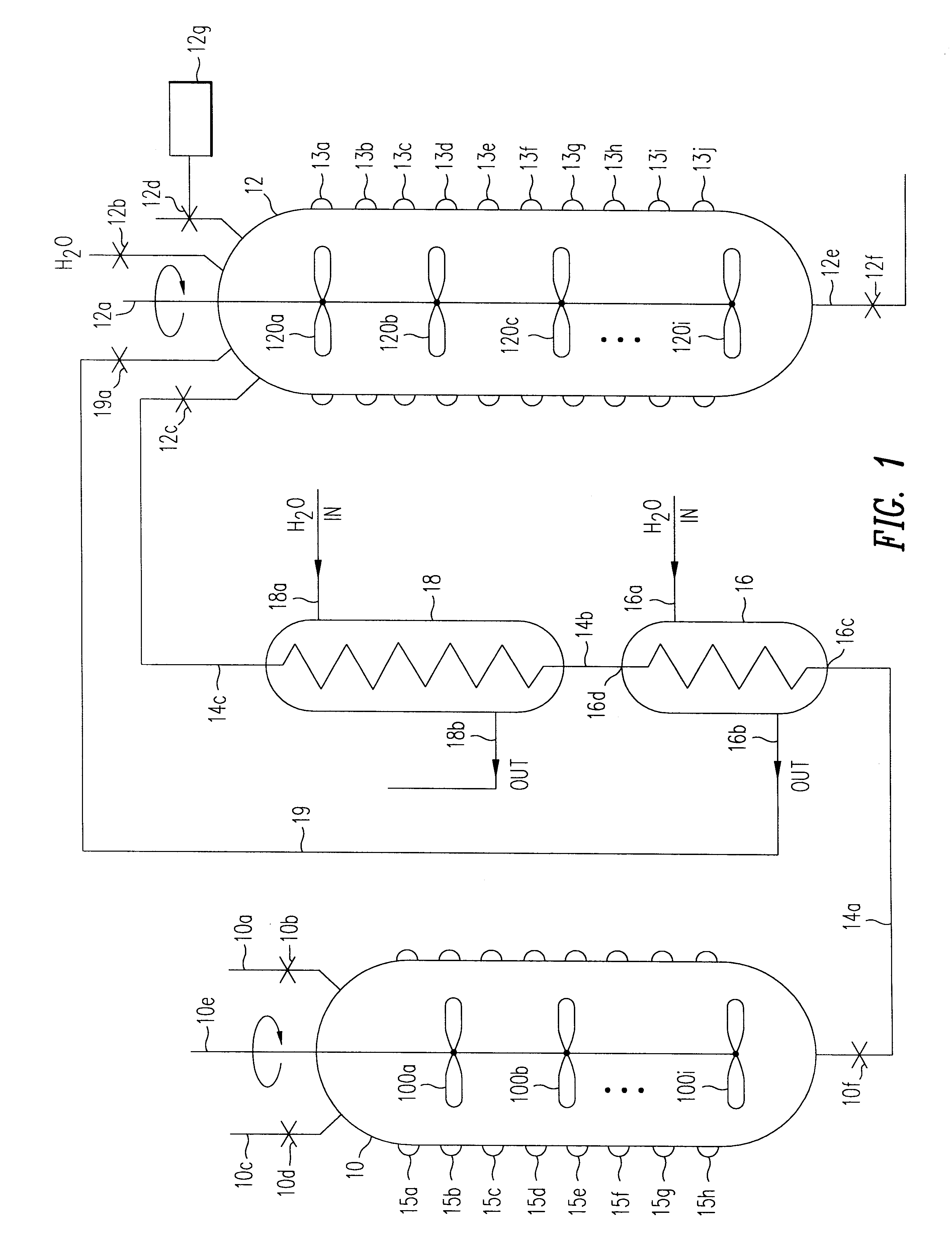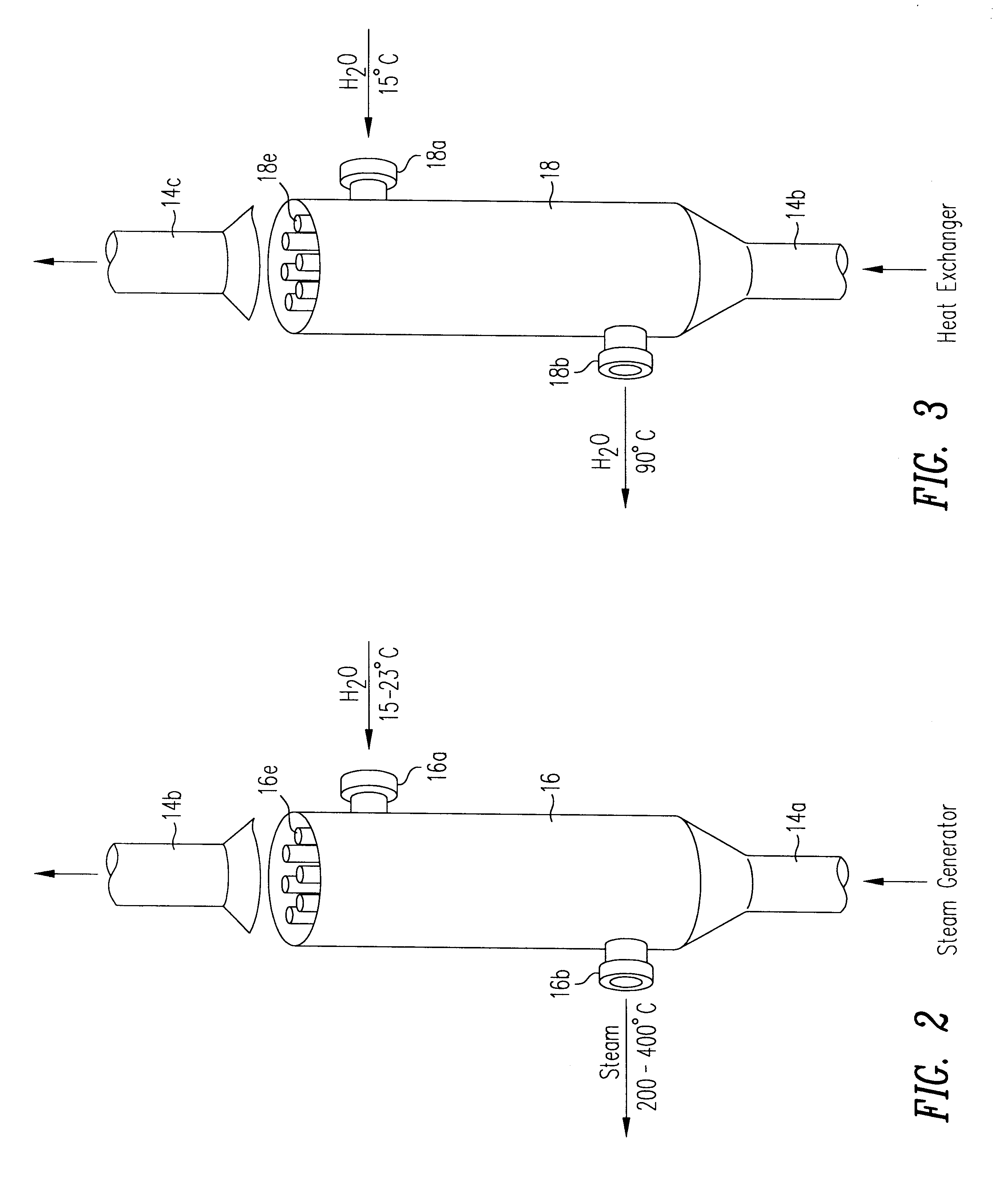Thermal reactor with self-regulating transfer mechanism
a transfer mechanism and reactor technology, applied in the direction of steam generation using hot heat carriers, inorganic chemistry, corrosion prevention, etc., can solve the problems of chemical nickel deposits in corrosive atmosphere limitations, flowmeters and expensive monitoring equipment, and transfer is not as precisely controlled
- Summary
- Abstract
- Description
- Claims
- Application Information
AI Technical Summary
Benefits of technology
Problems solved by technology
Method used
Image
Examples
Embodiment Construction
Symbols, Units and Conversion Factors
.DELTA..sub.f G.degree.=Gibbs energy of formation, 25.degree. C., I=0; kJ mol.sup.-1
.DELTA..sub.f H.degree.=Enthalpy of formation, 25.degree. C., I=0; kJ mol.sup.-1
S.degree.=Entropy, 25.degree. C., I=0; J mol.sup.-1 K.sup.-1
C.sub.p.degree.=Heat capacity, 25.degree. C.; J mol.sup.-1 K.sup.-1
.DELTA..sub.r G.degree.=Gibbs energy of reaction, 25.degree. C., I=0; J mol.sup.-1
.DELTA..sub.r H.degree.=Enthalpy of reaction, 25.degree. C., I=0; J mol.sup.-1
.DELTA.S.degree.=Entropy change for reaction, 25.degree. C., I=0; J mol.sup.-1 K.sup.-1
.DELTA.C.sub.p.degree.=Heat capacity change for reaction, 25.degree. C., I=0; J mol.sup.-1 K.sup.-1
J=joules; cal=calories
kJ=kilojoules=1000 joules
I=ionic strength, mol kg.sup.-1
K=273.15+.degree. C., C.=celsius
mol=gram molecular weight
Q=equilibrium quotient, or product
K.degree.=intrinsic equilibrium constant, 25.degree. C., I=0
R=gas constant: 8.3143 J mol.sup.-1 K.sup.-1 ; 1.987 cal mol.sup.-1
g=gaseous form
s=solid form
a...
PUM
| Property | Measurement | Unit |
|---|---|---|
| Temperature | aaaaa | aaaaa |
| Pressure | aaaaa | aaaaa |
| Flow rate | aaaaa | aaaaa |
Abstract
Description
Claims
Application Information
 Login to View More
Login to View More - R&D
- Intellectual Property
- Life Sciences
- Materials
- Tech Scout
- Unparalleled Data Quality
- Higher Quality Content
- 60% Fewer Hallucinations
Browse by: Latest US Patents, China's latest patents, Technical Efficacy Thesaurus, Application Domain, Technology Topic, Popular Technical Reports.
© 2025 PatSnap. All rights reserved.Legal|Privacy policy|Modern Slavery Act Transparency Statement|Sitemap|About US| Contact US: help@patsnap.com



